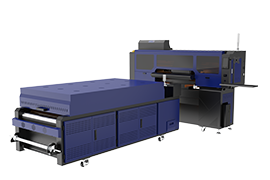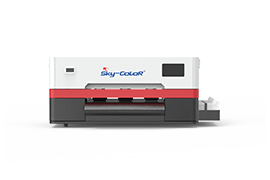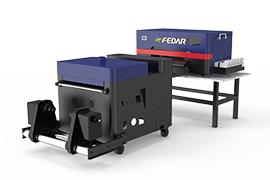Product Categories
- > Digital Textile Printer
-
- Fedar Sublimation Textile Printer
FEDAR FD61916E Sublimation Printer FEDAR FD1924 Sublimation Printer FEDAR FD1912S Sublimation Printer FEDAR FD61915E-A Sublimation Printer FEDAR FD5198E Sublimation Printer FEDAR FD51915E Sublimation Printer FEDAR FD53215E Sublimation Printer FEDAR FD61915E Sublimation Printer FD6198E 8 Heads Printer FD6194E 4 Heads Printer FD5194E 4 Heads Printer FD5328E 3.2m Printer FD5193E 3 Heads Printer Fedar TC Series Sublimation Printer(3heads,4heads,6heads)(Stop) FD5268E 2.6m Printer FD5223E 2.2m Printer (Stop) FD1900 2 Heads Printer AL193 3 Heads Printer (Stop) TC1932 2 Heads Printer (Stop)
- Fedar Direct To Film
FD1808 DTF Printer FDA3 Pro DTF Printer A3 DTF Printer FDA3 DTF Printer FD70-5 DTF Printer FD70-3 DTF Printer (Stop) FD30 DTF Printer (Stop) FD60 DTF Printer FD70-4 DTF Printer FD65-2 DTF Printer (Stop) FD70-2 DTF Printer (Stop) TR 4180 (Stop) FD 680 DTG (Stop) FD1828 Belt cotton printer (Stop)
- Fedar Sublimation Textile Printer
Troubleshooting Oily DTF Prints: A Practical Guide
2025-09-26Key Causes of Oily DTF Prints
Excessive Ink Saturation: Over-flooding the PET film with DTF inks is a primary culprit. Too much ink cannot properly cure, leading to a glossy, oily residue.
Incorrect Curing: Improper temperature or time in the curing oven (or heat press) prevents the adhesive powder from melting and binding correctly. Under-curing causes oils in the ink to rise to the surface.
High Humidity: Moisture in the air can be absorbed by the film and powder. During curing, this trapped moisture interacts with the inks, creating greasy patches.
Low-Quality Supplies: Inconsistent adhesive powder or subpar inks can have formulation issues that lead to uneven melting and oily surfaces.
Printer Maintenance: Issues with your DTF printer, especially clogged or misdirected nozzles on printheads like Epson printheads, can cause ink pooling that cures improperly.
How to Fix Existing Oily Prints
Re-cure the Transfer: Often, simply re-heating the transfer at the correct temperature (around 300–320°F) for an additional 10-20 seconds can eliminate the shine by completing the curing process.
Adjust RIP Settings: Reduce the ink saturation or density in your software to prevent over-inking on future prints.
Use a Pre-Dry Step: Before applying powder, use a flash dryer or heat lamp to lightly dry the printed film. This helps the powder adhere more evenly.
Prevention is Key: Best Practices
To avoid oily prints altogether, integrate these habits into your workflow:
Optimize Ink Levels: Calibrate your printer's settings to use the optimal amount of ink for your designs.
Precise Curing: Follow manufacturer guidelines for time and temperature exactly. Don't cut corners.
Control Your Environment: Maintain a stable workshop humidity level (40-60%) to protect your films and powder.
Use Quality Consumables: Invest in reliable DTF inks and adhesive powder from reputable suppliers.
Regular Maintenance: Perform routine cleaning cycles and nozzle checks on your DTF printer to ensure your Epson printheads are firing correctly and evenly.
By understanding these causes and implementing these solutions, you can achieve consistent, high-quality transfers with your DTF or t-shirt printer, free from oily defects.





